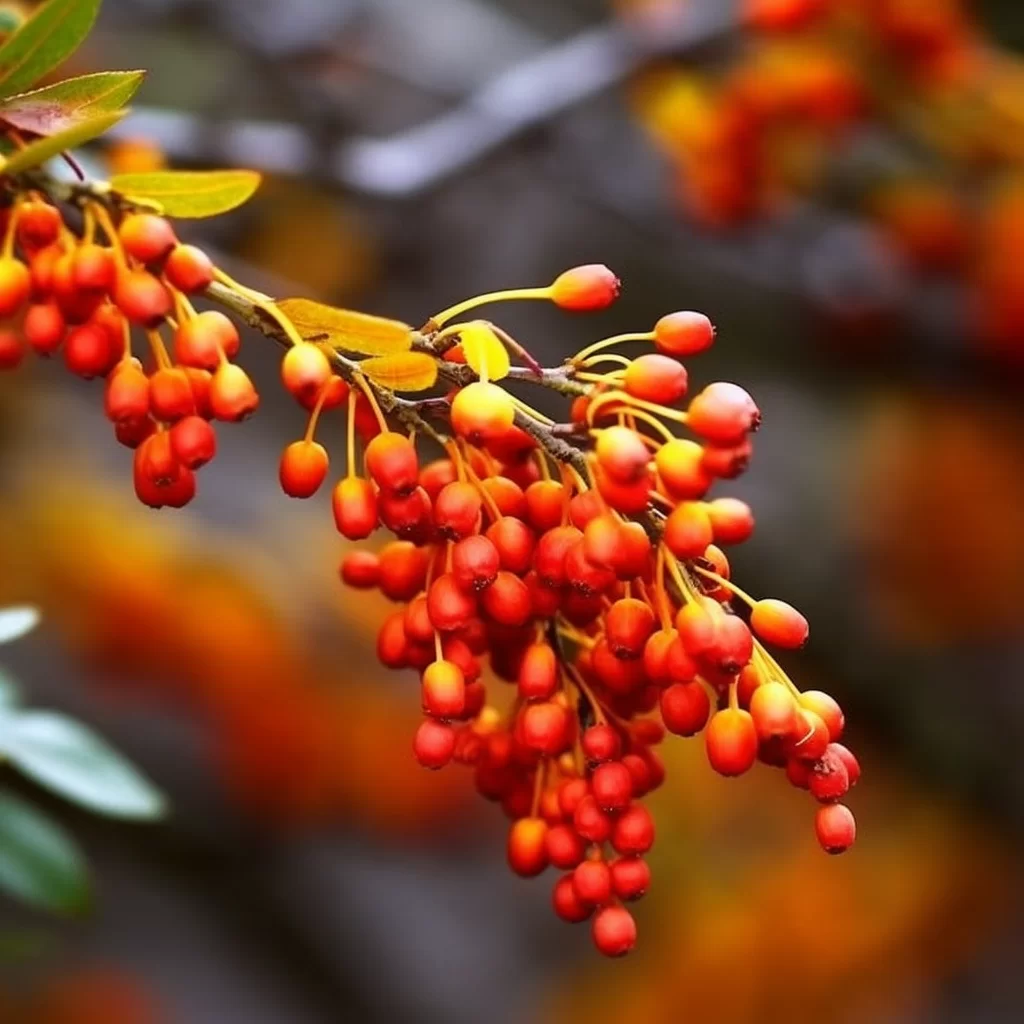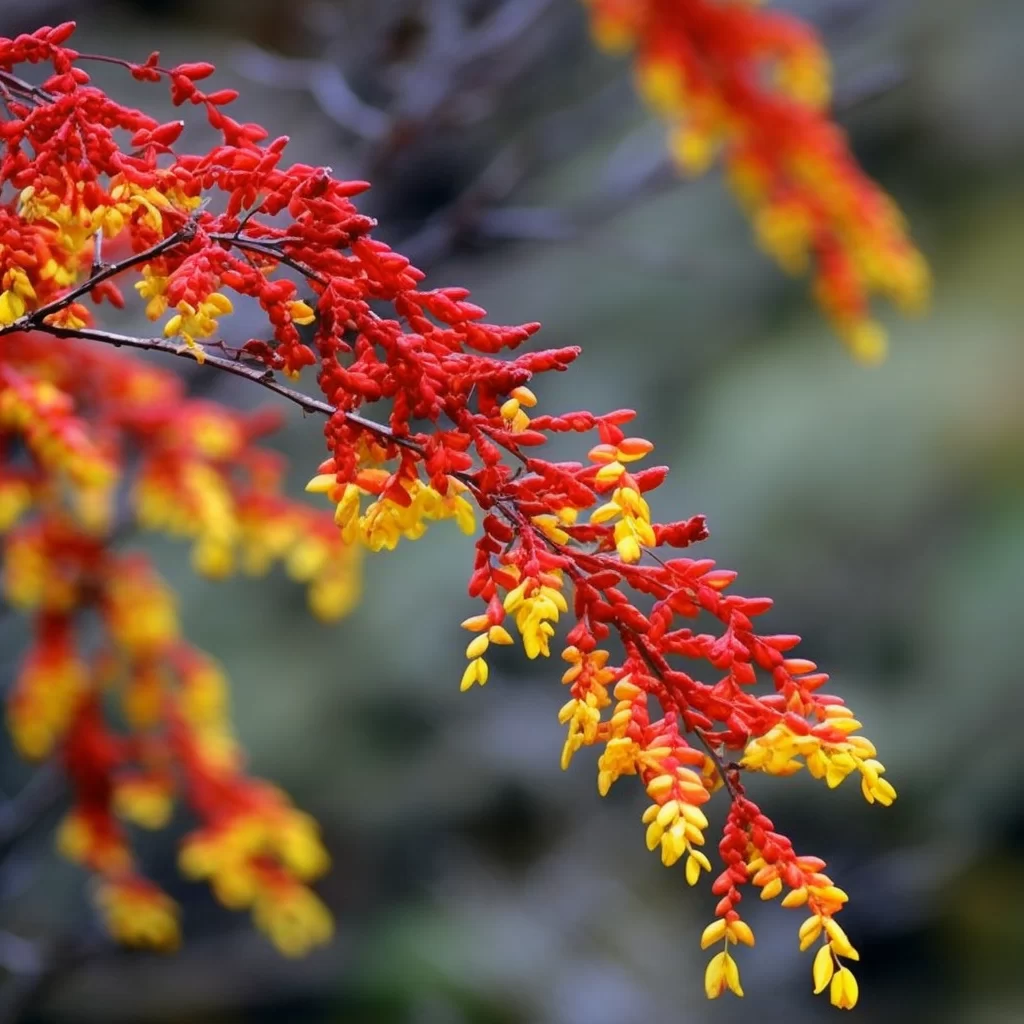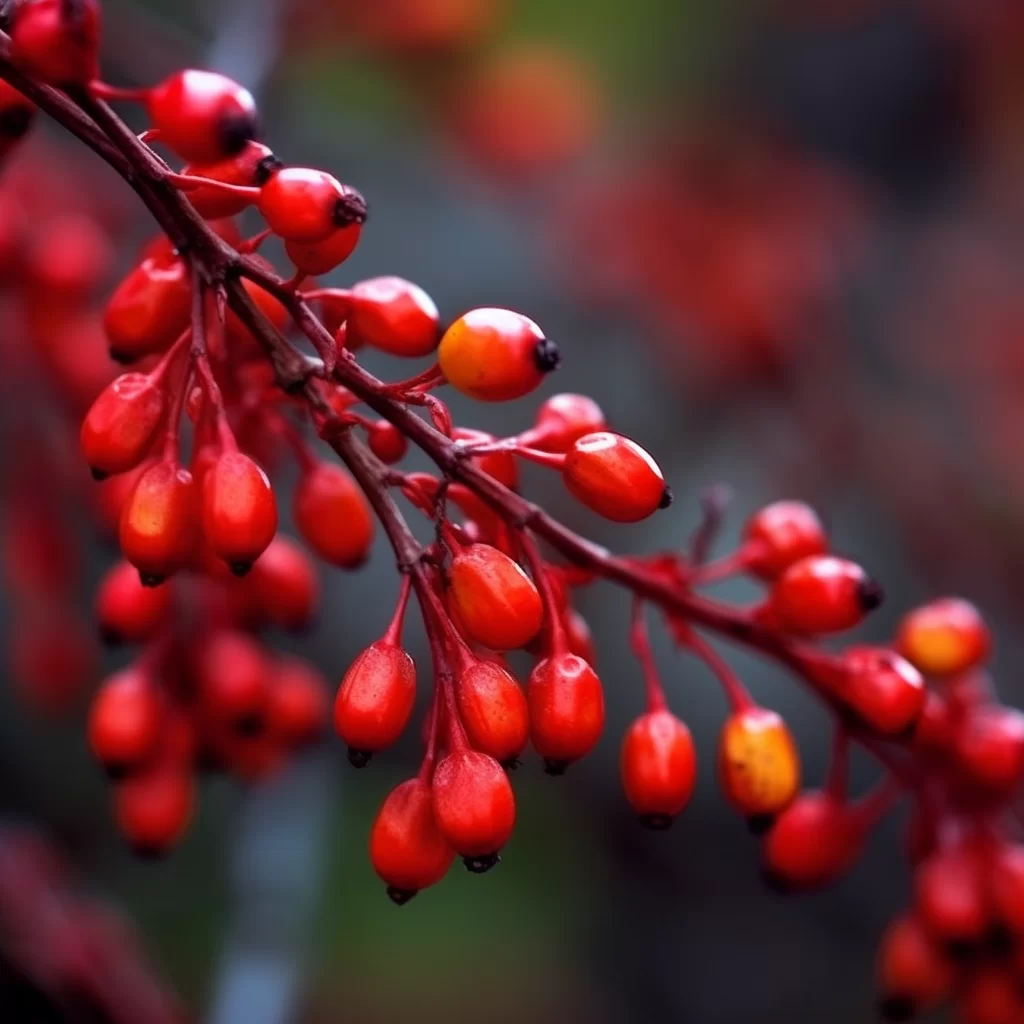Story of Day :
Contents
The Berberis Plant: A Complete Guide and Care Tips
Are you looking for a beautiful and easy-to-care-for plant to add to your garden? Look no further than the berberis plant! Also known as barberry, this shrub is a popular choice due to its colorful foliage and hardiness.
In this article, we will provide you with a complete guide on the berberis plant, including care tips for optimal growth.
What is the Berberis Plant?
The berberis plant is native to Asia, Europe, and Africa.
It belongs to the family of Berberidaceae and has over 450 species.
The barberry shrub can reach up to 10 feet in height with deciduous shiny leaves that turn red or purple in autumn.
The flowers are small but fragrant with yellow or orange petals that bloom in spring.
Varieties of Berberis Plants

- Berberis thunbergii: This type of berberis has green leaves that are changing into red-orange color during fall season.
- Berbetris darwinii: This variety produces deep blue fruits on top of green leaves throughout summer season.
- Berbetris ottawensis: This hybrid type bears dark burgundy flowers during late spring which eventually produce crimson berries later on.
Care Tips for Berberis Plant
Sunlight Requirements
The beriberi plant thrives well under full sunlight exposure but it can also survive under partial shade conditions without affecting its overall health condition.
Ensure it receives at least six hours of direct sun daily if planted outdoors,

Irrigation
The Berberis plant can withstand drought conditions, but it is essential to ensure that the soil does not dry out completely.
Avoid overwatering to prevent waterlogged roots and possible fungal infections.
Make sure you water the plant whenever the soil feels slightly dry to touch.
Soil Requirements
The Berberis plant requires well-draining soil with a pH level ranging between 5.0-7.5 for optimal growth.
It performs best in loamy soils with good organic matter content.
Fertilizer Requirements
Feed your Berberis plants during spring using balanced NPK fertilizers or compost manure rich in nitrogen, phosphorus and potassium which helps promote healthy growth of shoots, leaves, flowers and fruits.
Pests and Diseases Control Measures

- Aphids: These are tiny insects that suck sap from young twigs of the berberis plants causing curled leaves; use neem oil or insecticidal soap spray as control measures.
- Rust disease: This fungal infection causes yellowish-orange spots on leaves leading to premature defoliation; prune off infected branches immediately you notice symptoms and apply fungicide sprays as necessary
- Canker disease: The fungi cause brown patches on bark eventually leading to death of affected branches; prune off infested parts at least six inches below affected areas then disinfect pruning shears before reuse.

In conclusion,
Beriberi is an easy-to-care-for shrub that can add color and beauty to your garden throughout all seasons.
Ensure it receives enough sunlight exposure while avoiding over-watering which may lead to root rot development.
Fertilize during spring with balanced nutrients for optimal growth.
As with any plant, it is important to keep an eye out for potential pests and diseases.
Use the control measures mentioned above to prevent or manage any problems that might arise.
With proper care, your Berberis plant will thrive and bring joy to your garden for years to come!